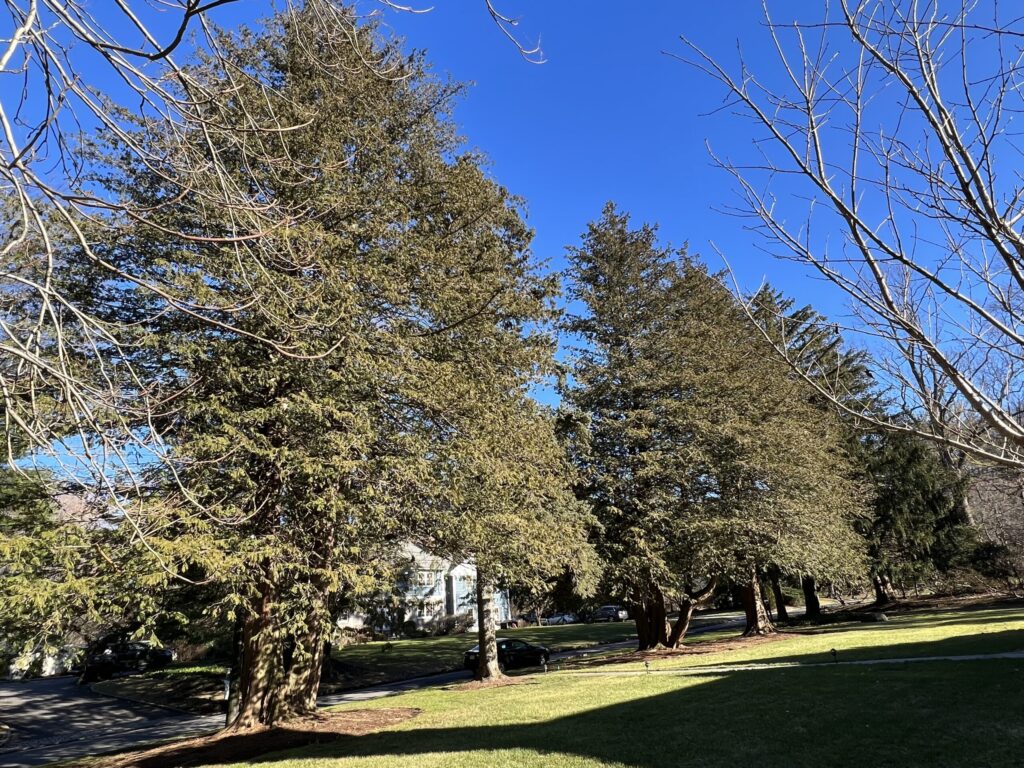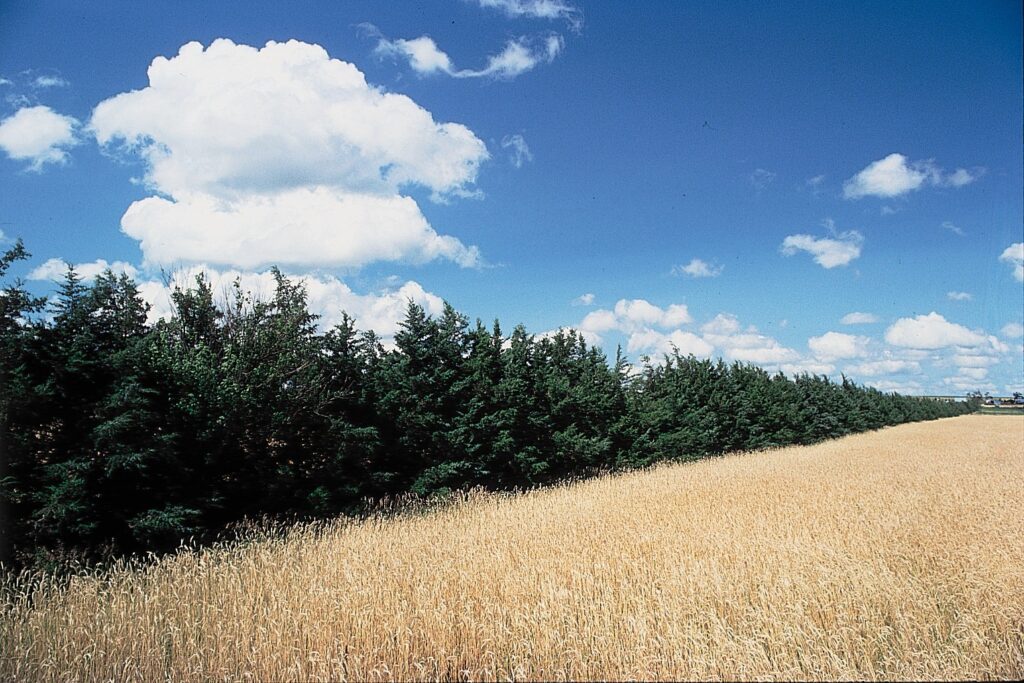Eastern Red Cedar: A Comprehensive Guide
The Eastern Red Cedar (Juniperus virginiana) is a versatile and resilient tree native to North America. Known for its aromatic wood and dense foliage, this tree has played a significant role in both natural ecosystems and human history. This article delves into the various aspects of the Eastern Red Cedar, from its botanical characteristics to its ecological importance and uses.
Table of Contents
- Introduction
- Historical Significance
- Botanical Characteristics
- Habitat and Distribution
- Ecological Importance
- Uses of Eastern Red Cedar
- Cultivation and Care
- Common Pests and Diseases
- Conservation Efforts
- Frequently Asked Questions (FAQs)
1. Introduction

The Eastern Red Cedar (Juniperus virginiana) is a versatile and resilient tree native to North America. Known for its aromatic wood and dense foliage, this tree has played a significant role in both natural ecosystems and human history. This article delves into the various aspects of the Eastern Red Cedar, from its botanical characteristics to its ecological importance and uses.
2. Historical Significance

The Eastern Red Cedar has been utilized by Native Americans for centuries. They used its wood for building canoes, crafting tools, and creating ceremonial objects. The tree’s aromatic properties also made it valuable for medicinal purposes and as a natural insect repellent.
3. Botanical Characteristics
The Eastern Red Cedar is an evergreen conifer that can grow up to 40 feet tall. It has scale-like leaves and produces small, bluish-purple berries. The tree’s bark is reddish-brown and peels off in strips. Its wood is highly aromatic and resistant to decay, making it valuable for various applications.
4. Habitat and Distribution
The Eastern Red Cedar is commonly found in a variety of habitats, including forests, grasslands, and rocky outcrops. It is widely distributed across the eastern United States, from Maine to Florida and west to Texas and Nebraska. The tree is highly adaptable and can grow in poor soils and harsh conditions.
5. Ecological Importance
The Eastern Red Cedar provides essential habitat and food for various wildlife species. Its dense foliage offers shelter for birds, while its berries are a food source for many animals, including cedar waxwings and wild turkeys. The tree also plays a role in soil stabilization and erosion control.
6. Uses of Eastern Red Cedar

The wood of the Eastern Red Cedar is highly valued for its durability and aromatic properties. It is commonly used for making furniture, fence posts, and chests. The tree’s essential oils are used in perfumes and insecticides. Additionally, the berries are used in flavoring gin and other beverages.
7. Cultivation and Care
Cultivating Eastern Red Cedar requires well-drained soil and full sun. The tree is drought-tolerant and requires minimal maintenance once established. Regular pruning can help maintain its shape and promote healthy growth. It is also important to monitor for pests and diseases.
8. Common Pests and Diseases
The Eastern Red Cedar is susceptible to various pests and diseases, including bagworms, cedar-apple rust, and root rot. Proper care and monitoring can help prevent these issues. In some cases, chemical treatments may be necessary to control infestations.
9. Conservation Efforts
Conservation efforts for the Eastern Red Cedar focus on preserving its natural habitats and promoting sustainable harvesting practices. Reforestation projects and public awareness campaigns are also essential for ensuring the tree’s long-term survival.
10. Frequently Asked Questions (FAQs)
Q1: What is the lifespan of an Eastern Red Cedar?
A: The Eastern Red Cedar can live for several hundred years, with some trees reaching over 900 years old.
Q2: Can Eastern Red Cedar be grown in urban areas?
A: Yes, Eastern Red Cedar is adaptable and can be grown in urban environments, provided it has enough space and sunlight.
Q3: Is Eastern Red Cedar wood safe for indoor use?
A: Yes, Eastern Red Cedar wood is safe for indoor use and is often used for furniture and closets due to its aromatic properties.
Q4: How do I identify an Eastern Red Cedar?
A: Look for scale-like leaves, reddish-brown peeling bark, and bluish-purple berries. The tree also has a distinctive aromatic scent.
Q5: What are the benefits of planting Eastern Red Cedar?
A: Planting Eastern Red Cedar provides habitat for wildlife, helps with soil stabilization, and offers a sustainable source of aromatic wood.
